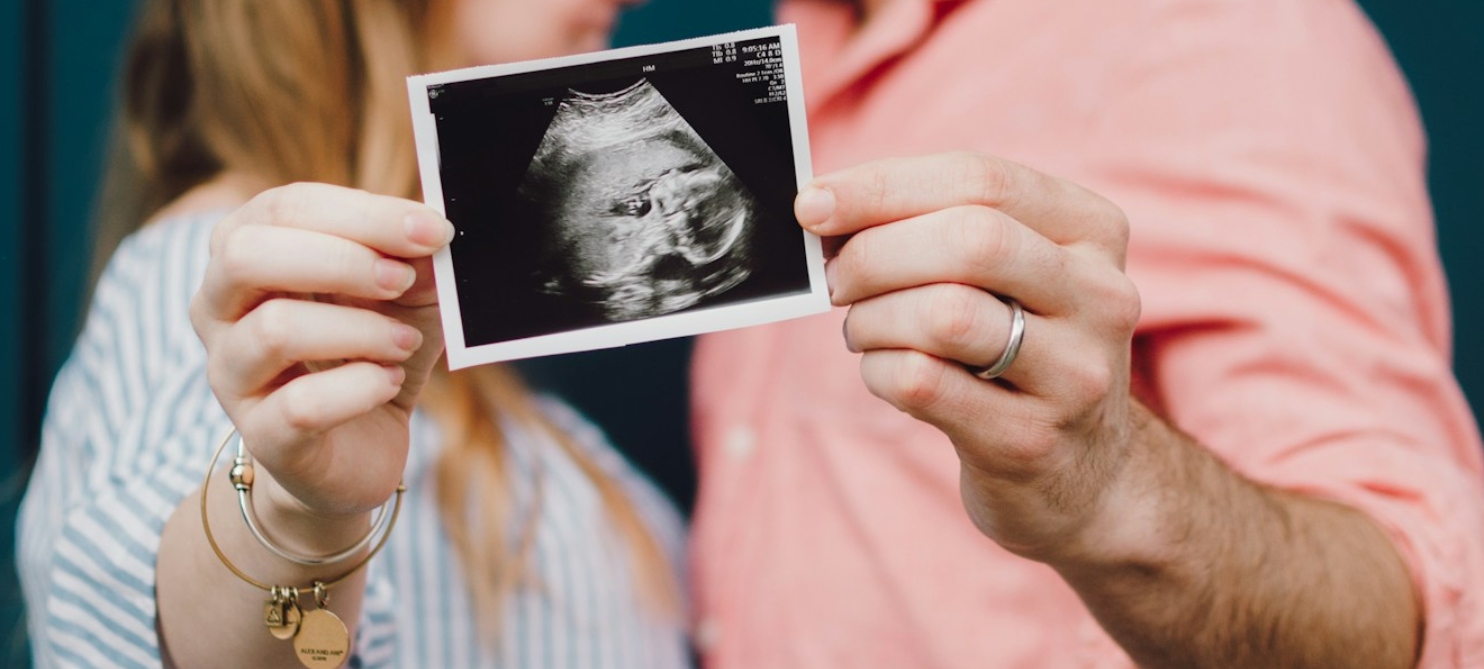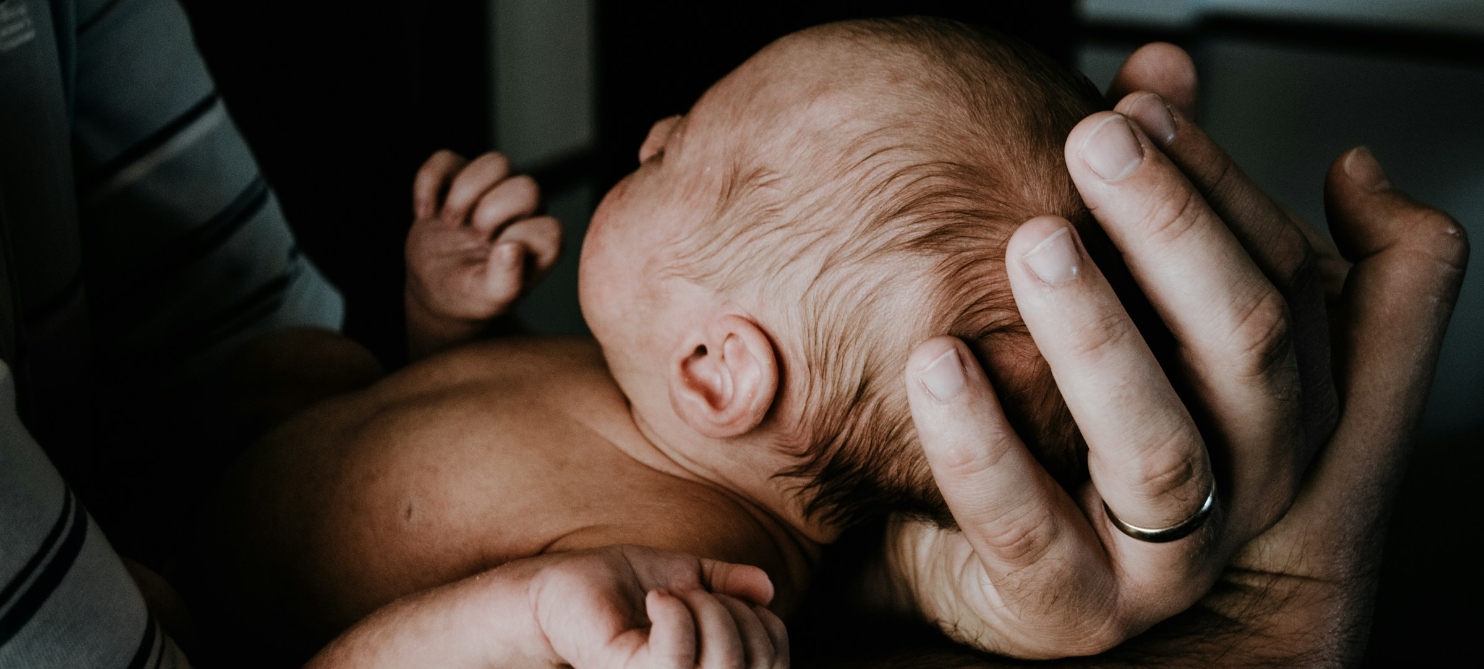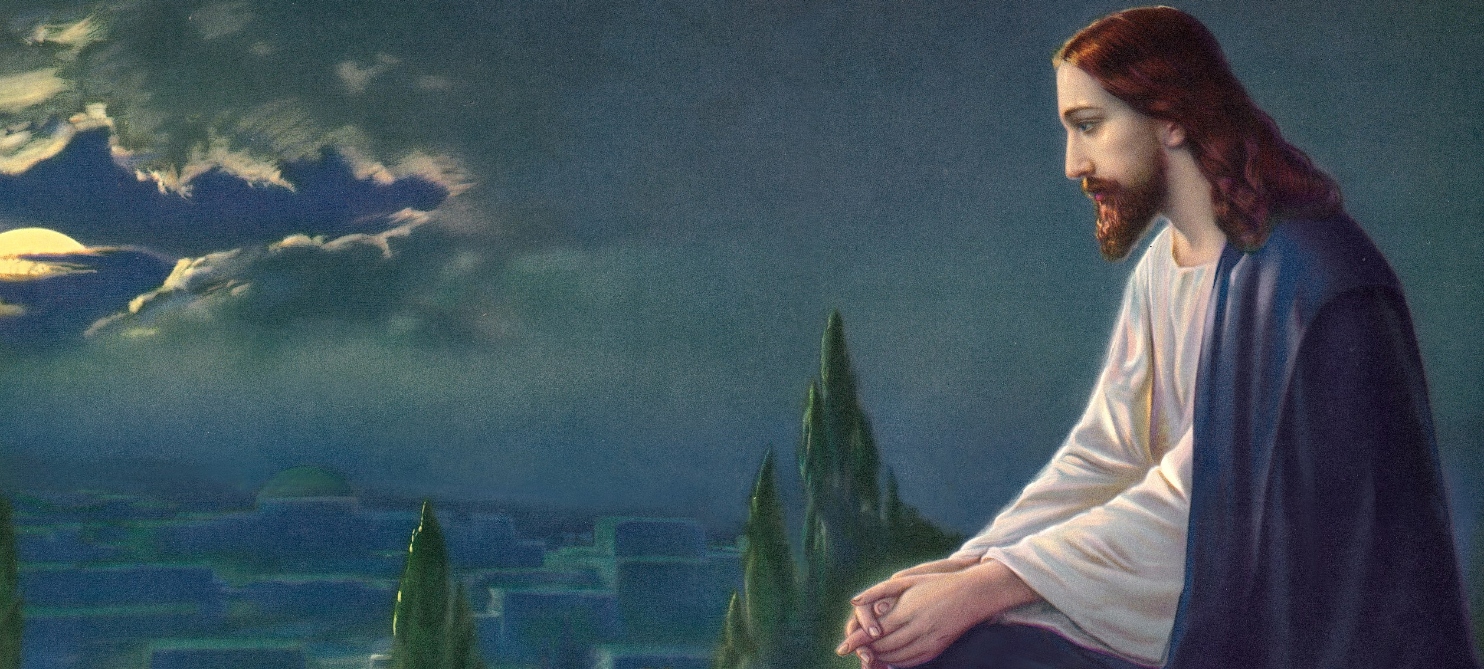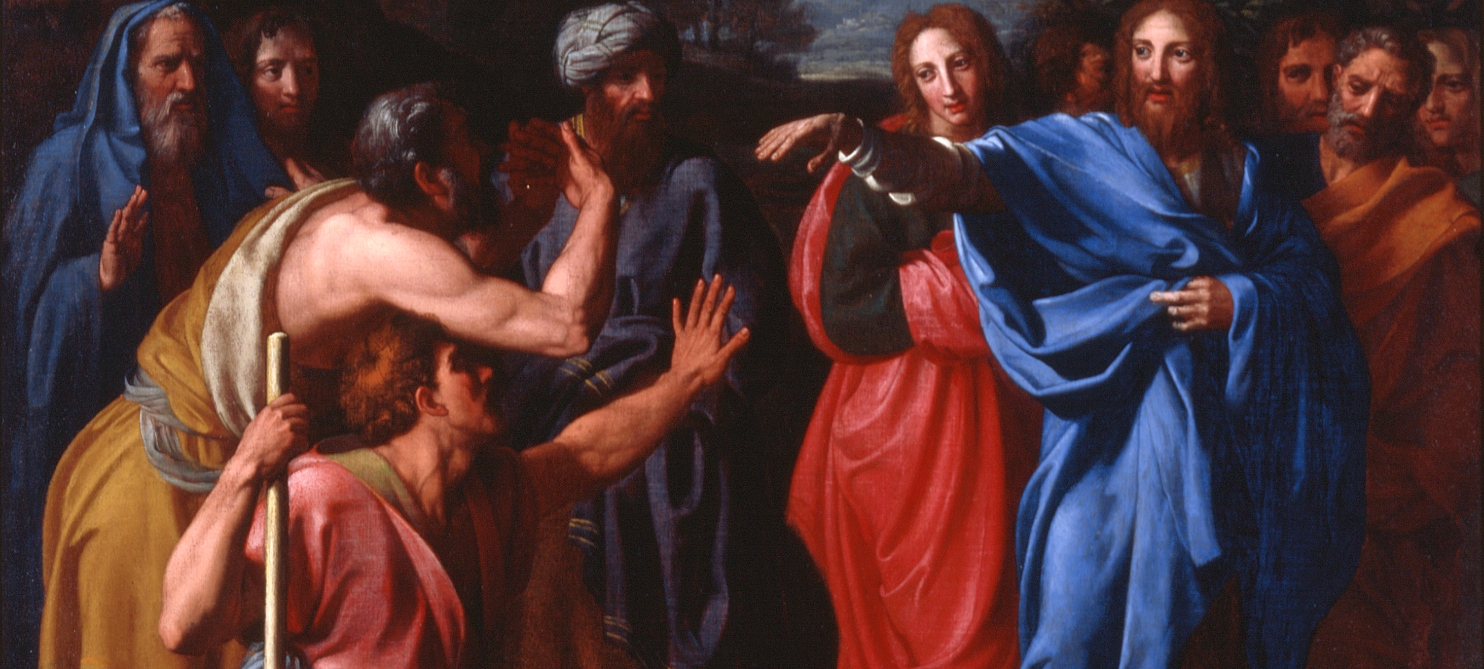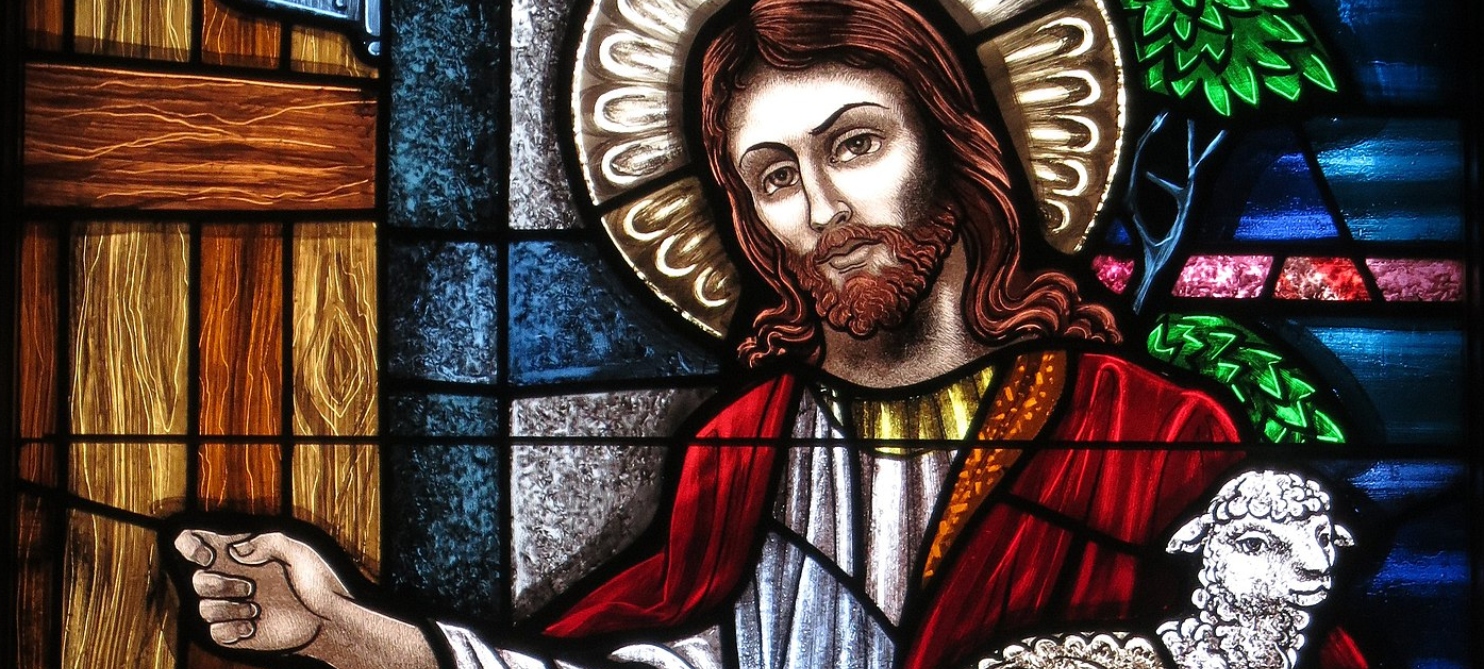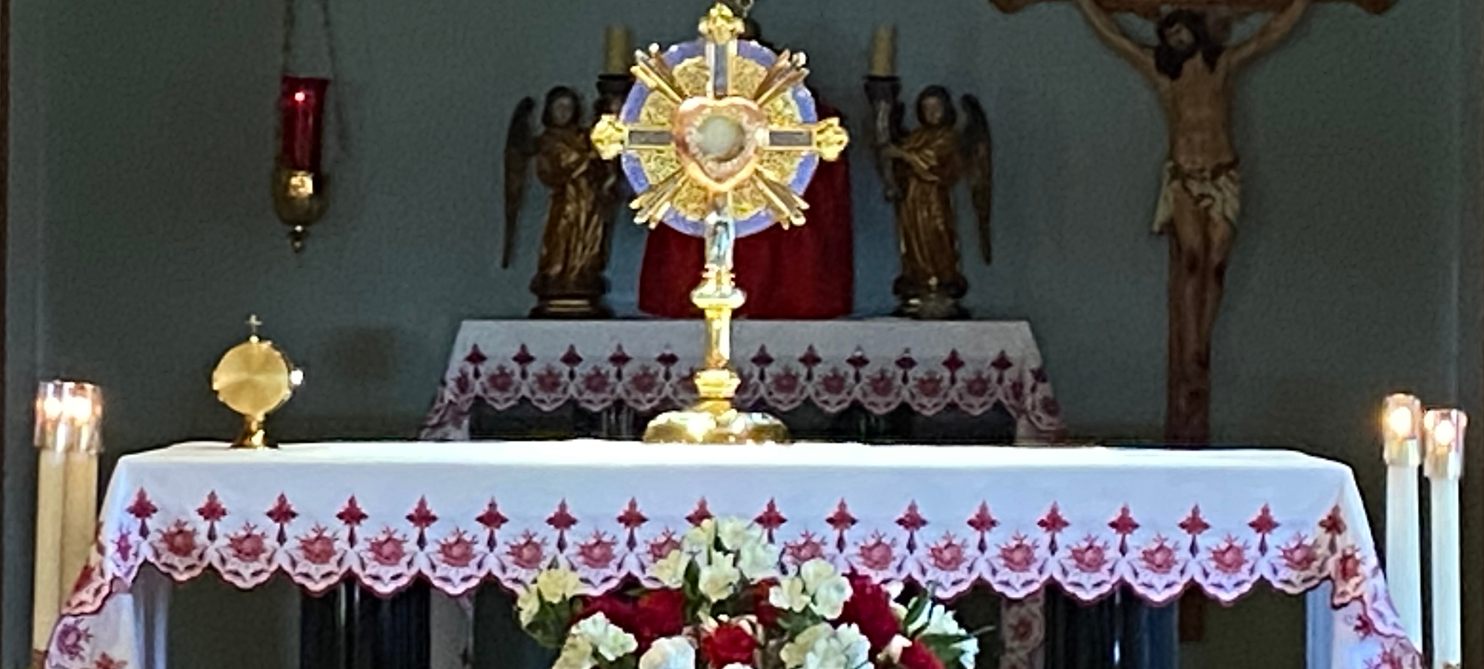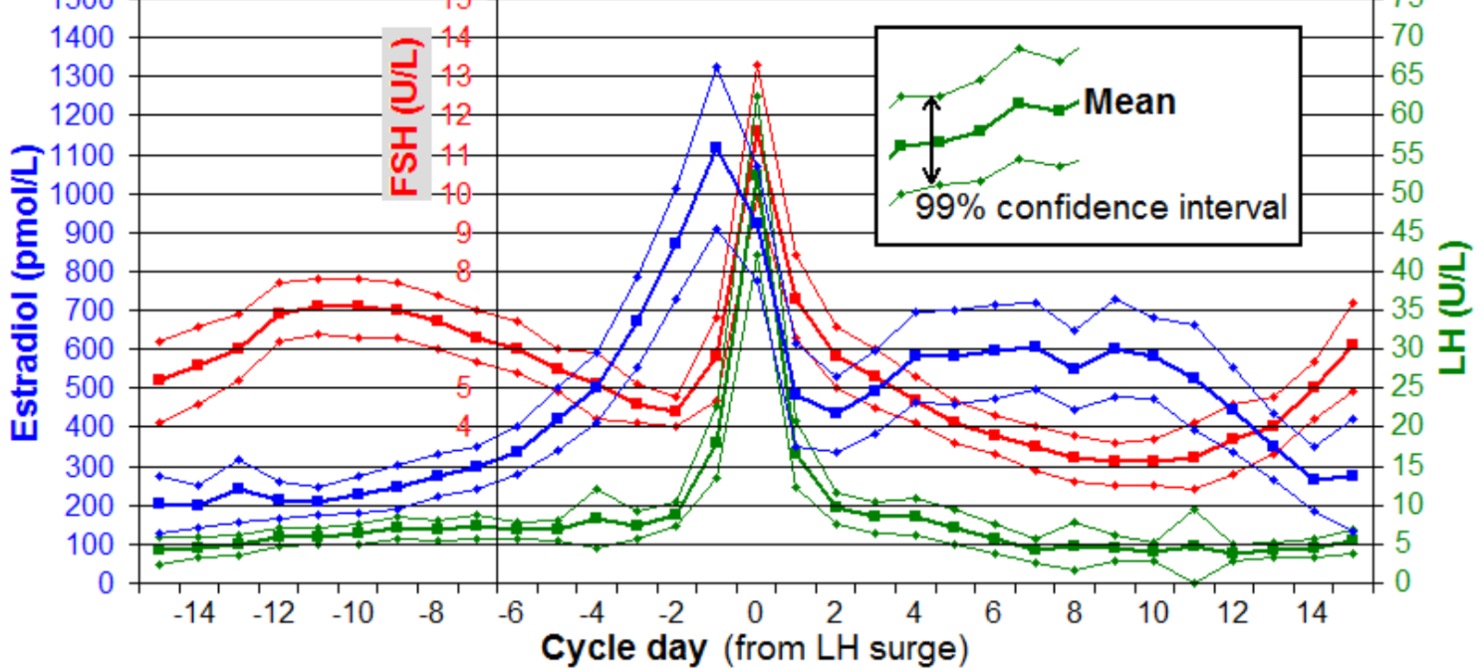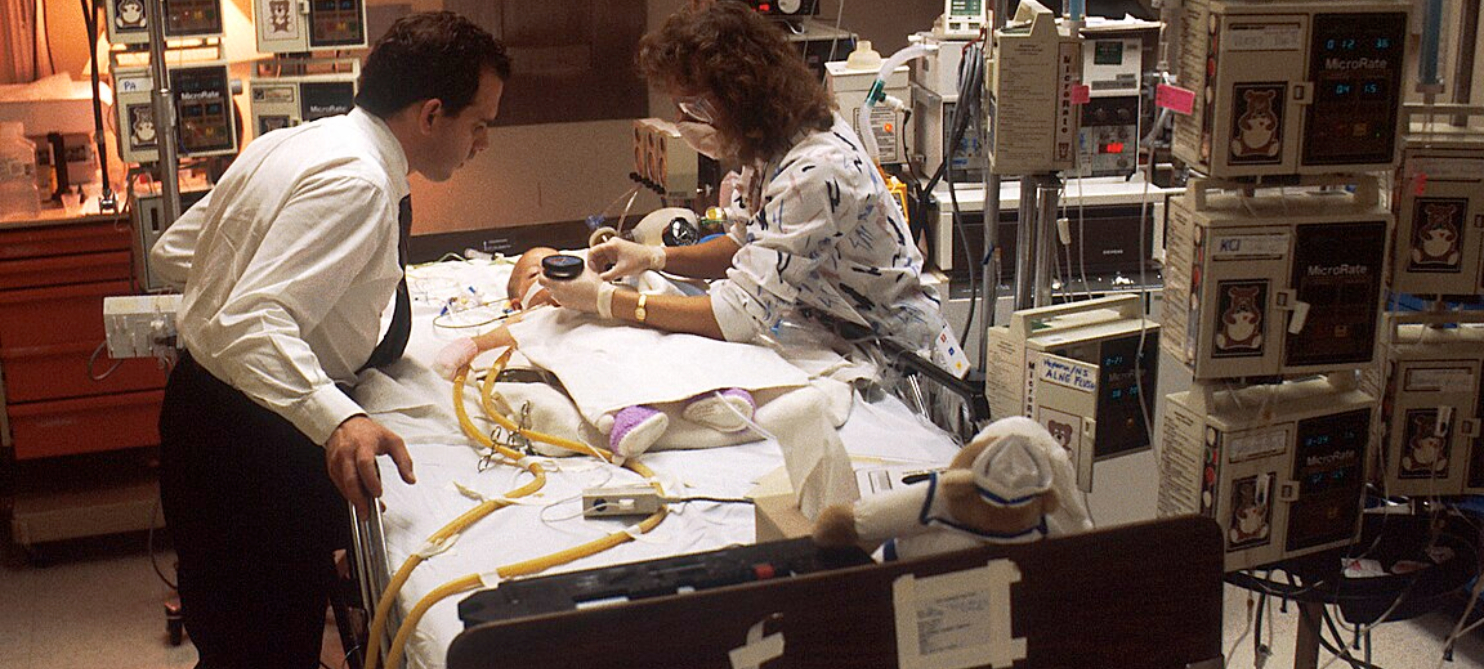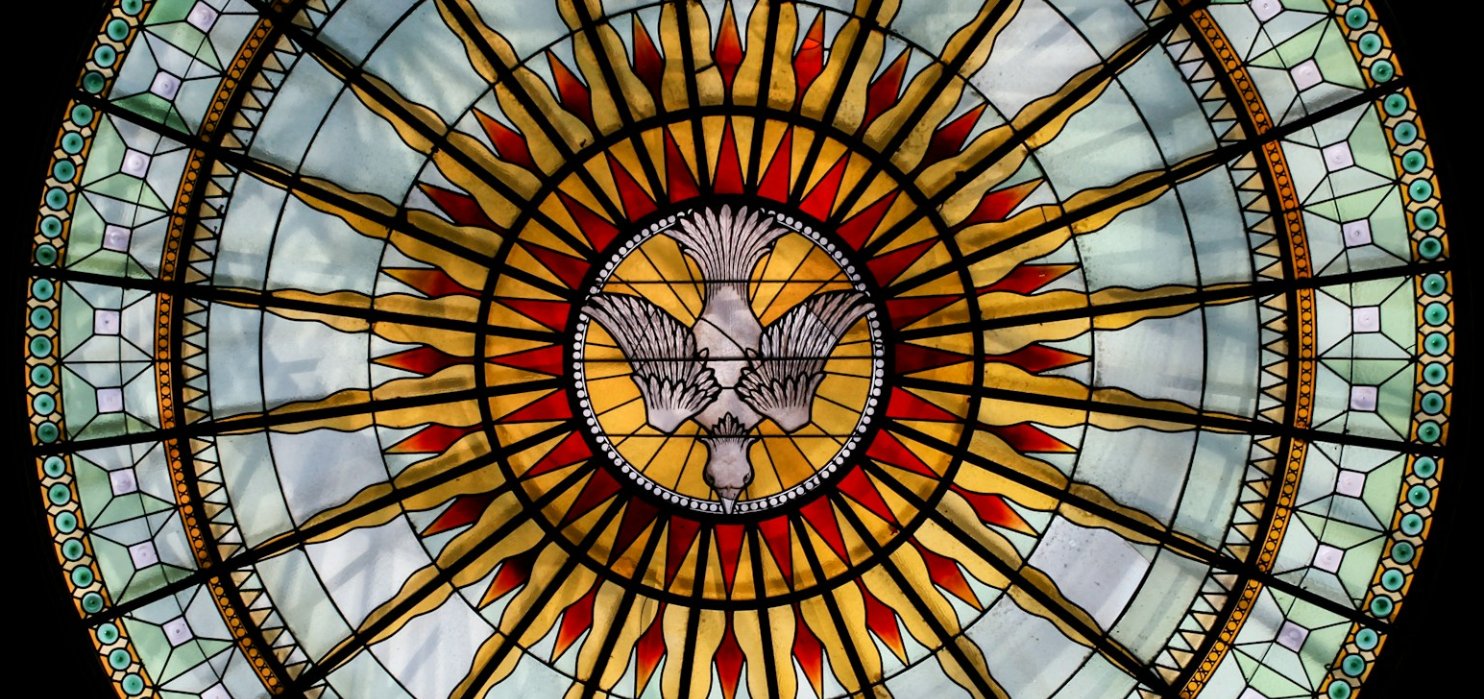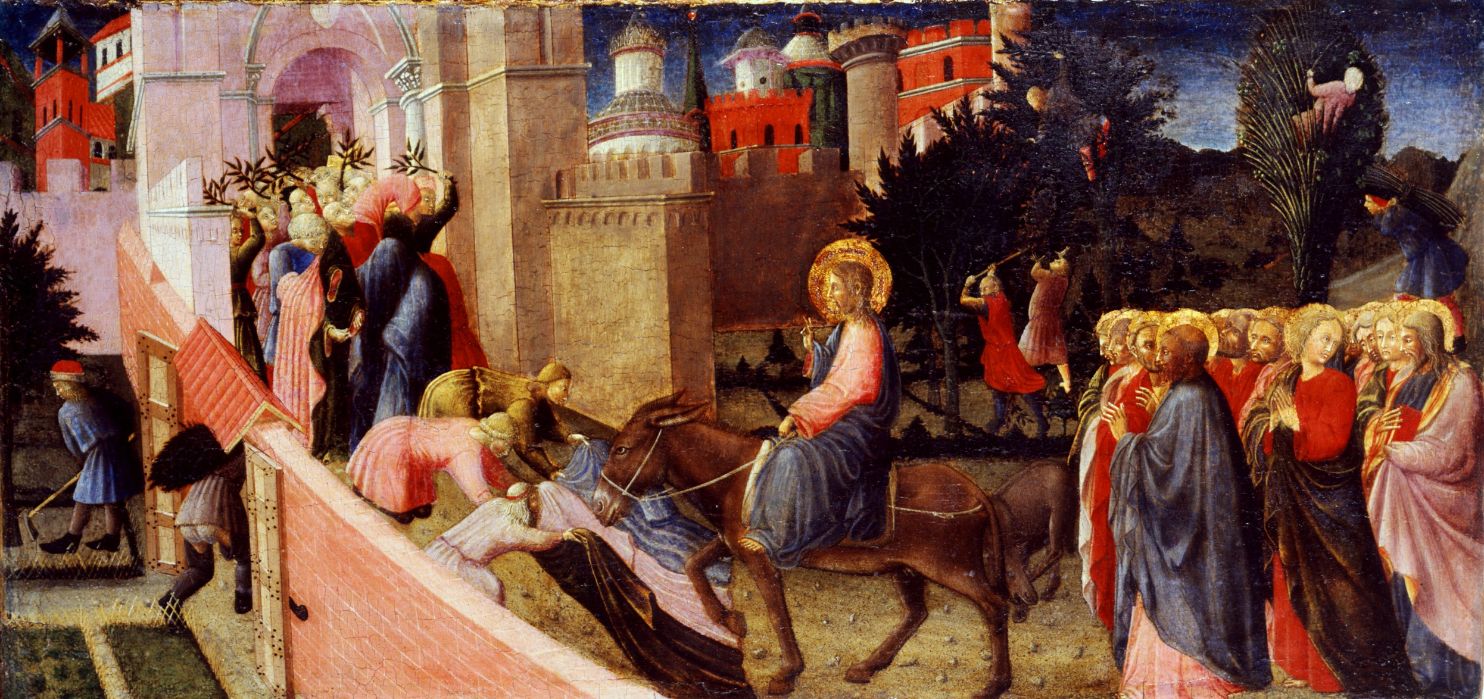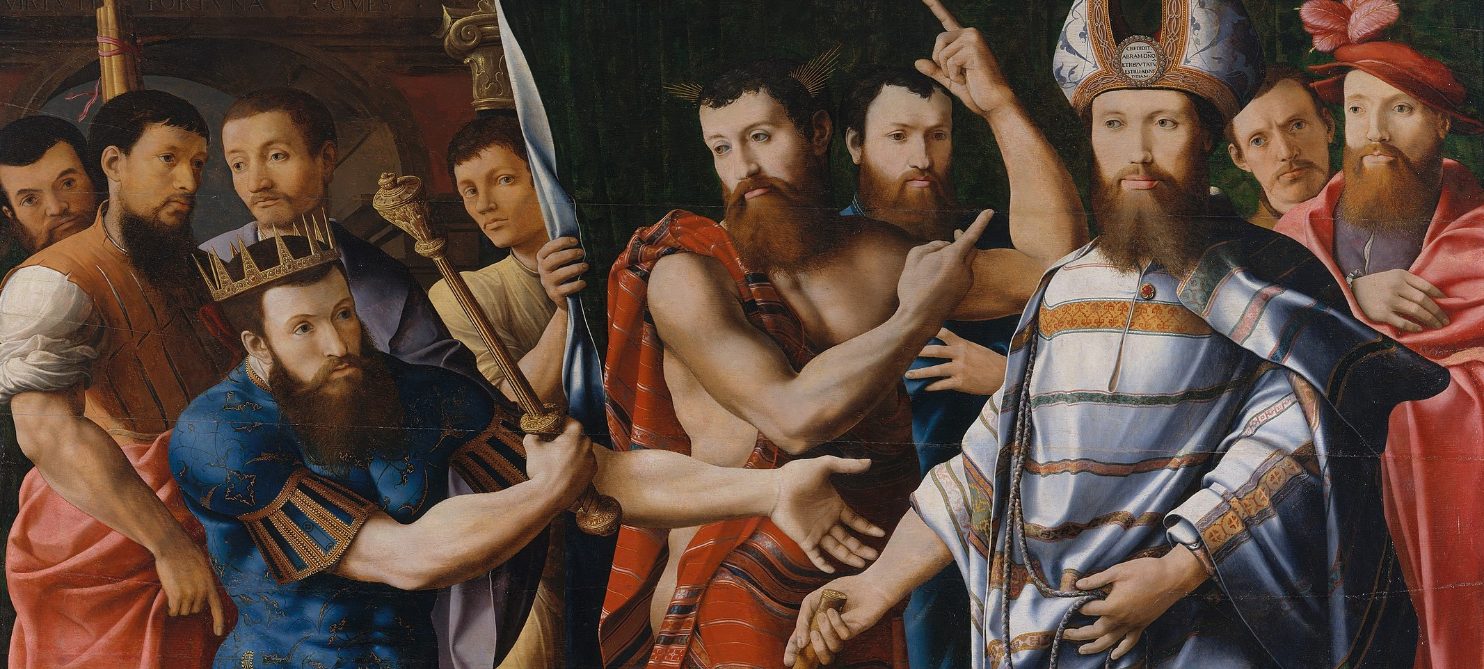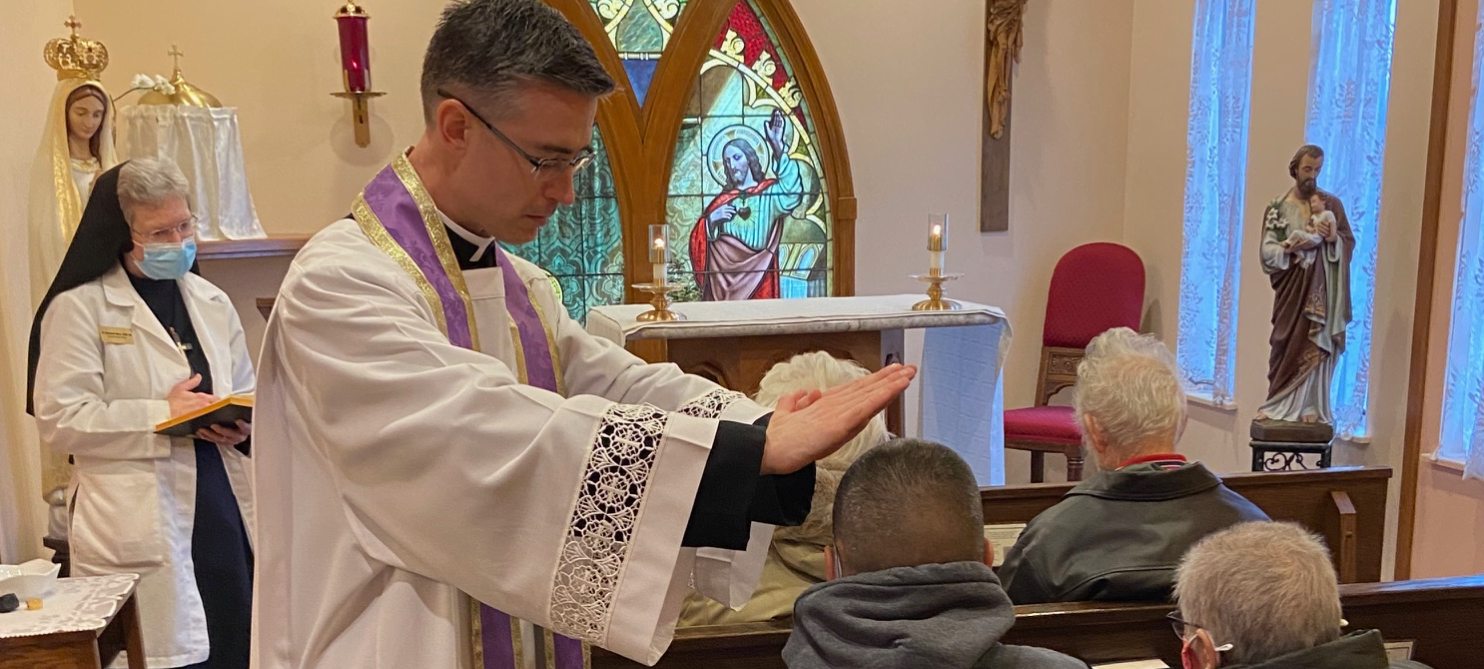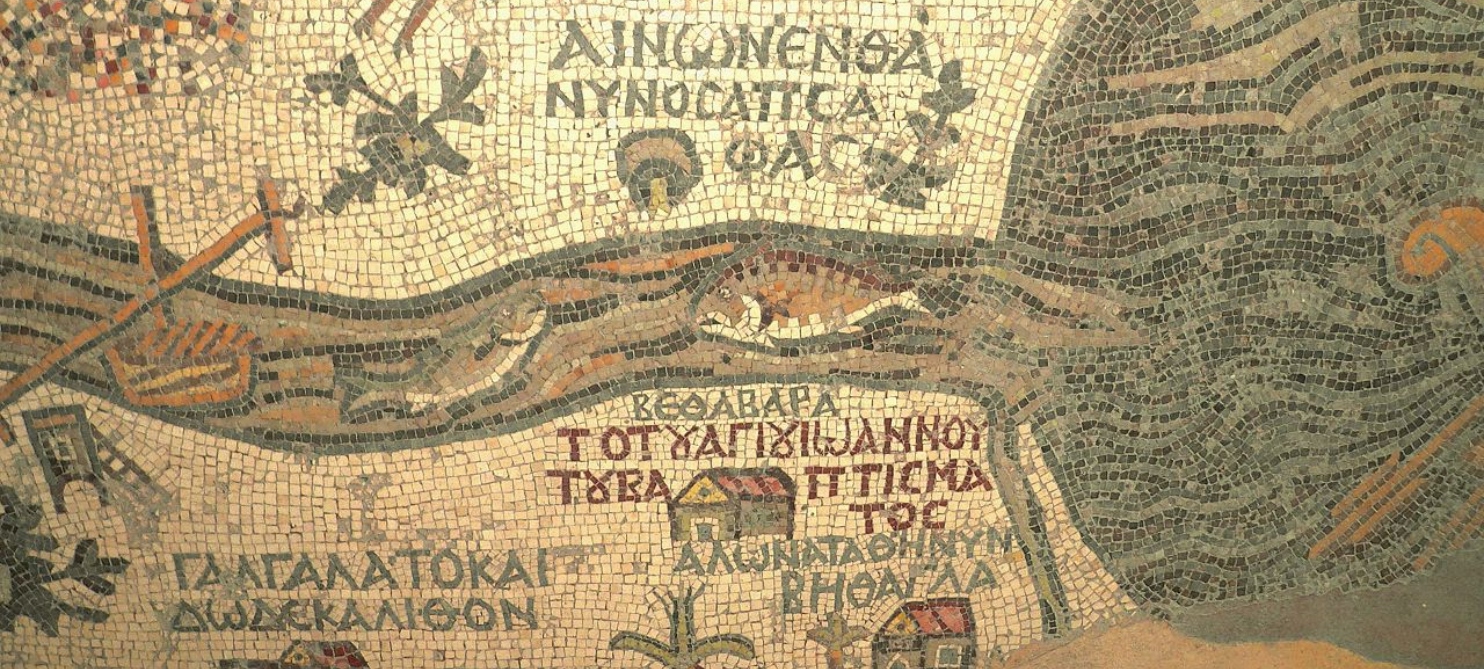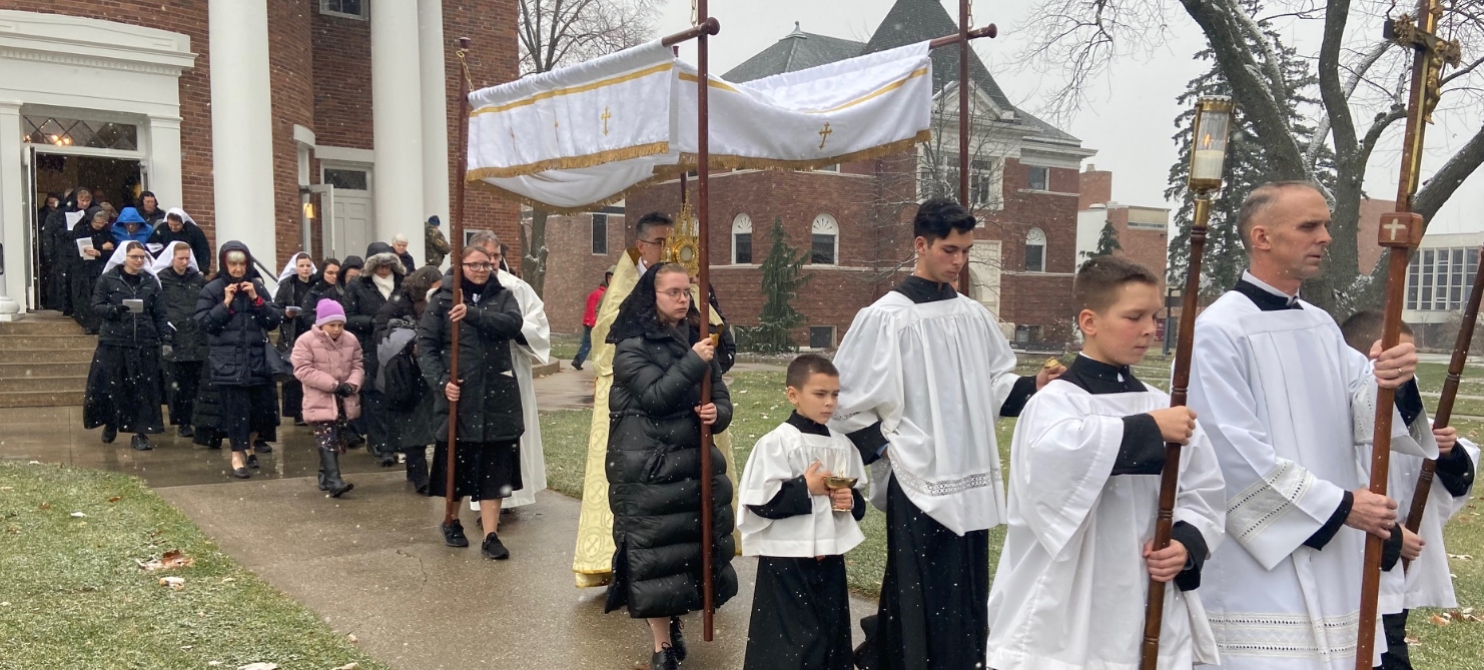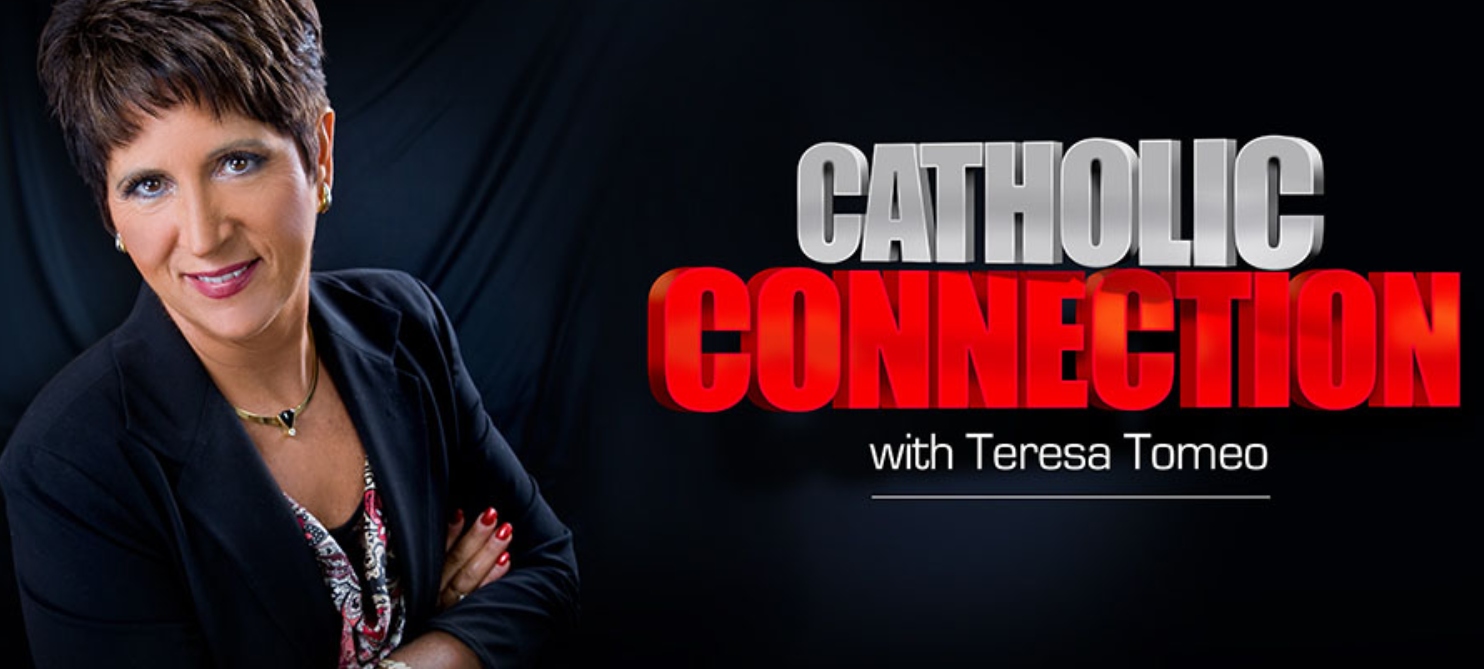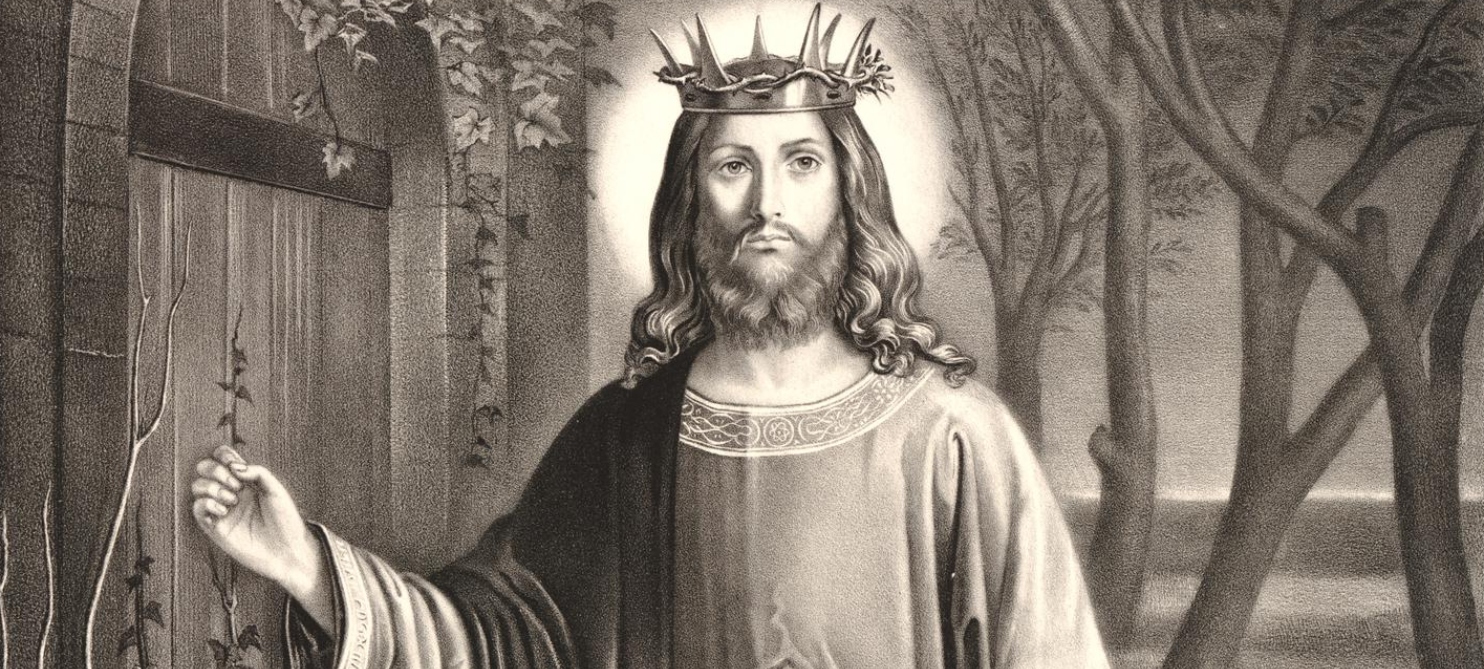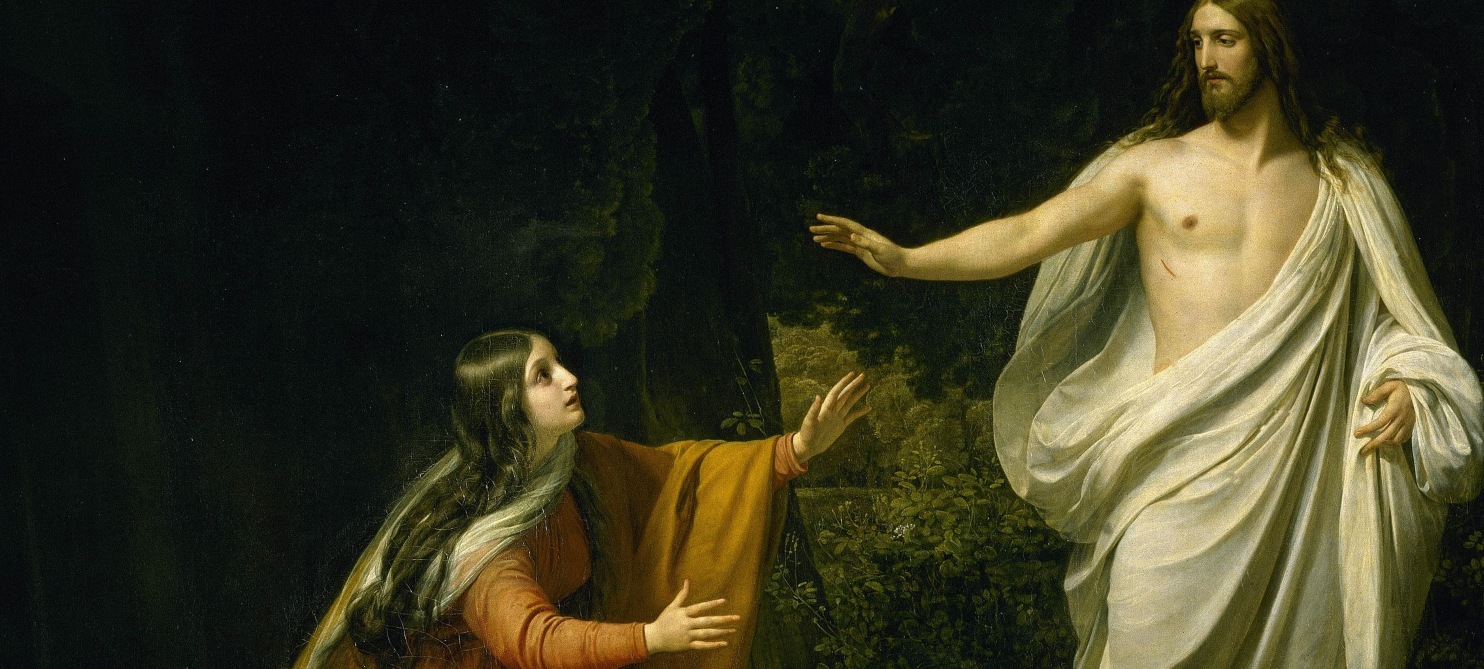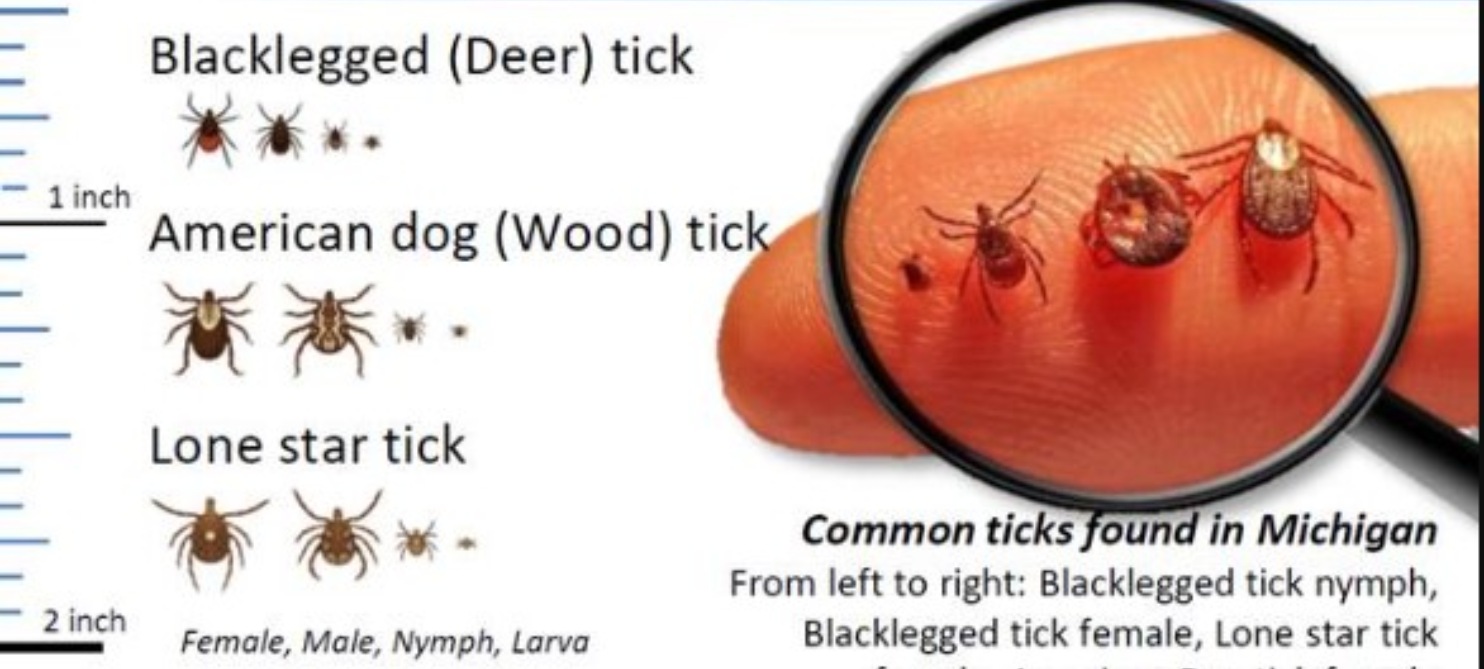“In the beginning was the Word, and the Word was with God, and the Word was God. He was with God in the beginning. Through him all things were made; without him nothing was made that has been made.”[i] “For in him all things were created: things in heaven and on earth, visible and invisible, whether thrones or powers or rulers or authorities; all things have been created through him and for him.”[ii]
From these verses of the Holy Scriptures, we are led into the mystery of existence. All things, the whole created universe, and each of us were created in, through, and for Christ. “He is before all things, and in him all things hold together.”[iii] In the committing of sin and the fall from friendship with God, all were lost. Of himself, man had no capacity to restore this relationship with God; he was condemned to suffer the full effects of sin, including death and the possibility of eternal separation from God.
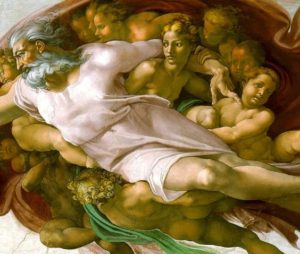 BUT, in the “fullness of time,” God unveiled the rescue mission; “God sent forth his Son, born of woman, born under the law, to redeem those who were under the law, so that we might receive adoption as sons.”[iv] This is the One that had been foretold through His prophets. He was hoped for by a people He had chosen to be peculiarly His Own. They looked for His coming, and though the sign was that a virgin would be with child, when He came unto His own people, they knew Him not… Yet through His life, death, and resurrection, He drew a new people to Himself that, through this means, His grace might flood the world. He Who came and is to come again will draws all things to Himself and will present them to His Father.
BUT, in the “fullness of time,” God unveiled the rescue mission; “God sent forth his Son, born of woman, born under the law, to redeem those who were under the law, so that we might receive adoption as sons.”[iv] This is the One that had been foretold through His prophets. He was hoped for by a people He had chosen to be peculiarly His Own. They looked for His coming, and though the sign was that a virgin would be with child, when He came unto His own people, they knew Him not… Yet through His life, death, and resurrection, He drew a new people to Himself that, through this means, His grace might flood the world. He Who came and is to come again will draws all things to Himself and will present them to His Father.
The Immaculate Conception of Mary is the white dawn that announces the coming of the Son and this return of all things to God the Father. Why is the Immaculate Conception important? Because Mary, from the very instant of her physical existence, is preserved from any taint of sin through the merits of Her Son. She is preserved in a particular way for her vocation as the Mother of God. From her sinless flesh, He will draw His. He who was before her created this pure tabernacle for His dwelling, and awaited her consent before taking up His abode therein.
As Saint Anselm writes:
“To Mary God gave his only-begotten Son, whom he loved as himself. Through Mary God made himself a Son, not different but the same, by nature Son of God and Son of Mary. The whole universe was created by God, and God was born of Mary. God created all things, and Mary gave birth to God. The God who made all things gave himself form through Mary, and thus he made his own creation. He who could create all things from nothing would not remake his ruined creation without Mary.
God, then, is the Father of the created world and Mary the mother of the re-created world. God is the Father by whom all things were given life, and Mary the mother through whom all things were given new life. For God begot the Son, through whom all things were made, and Mary gave birth to him as the Saviour of the world. Without God’s Son, nothing could exist; without Mary’s Son, nothing could be redeemed.”[v]
We read about this mystery of recapitulation in Christ in this selection from Saint Irenaeus:
This [i.e., body and soul], therefore, the Word of God was made, recapitulating in Himself His own handiwork; and on this account does He confess Himself the Son of man, and blesses “the meek, because they shall inherit the earth.” The Apostle Paul, moreover, in the Epistle to the Galatians, declares plainly, “God sent His Son, made of a woman.” And again, in that to the Romans, he says, “Concerning His Son, who was made of the seed of David according to the flesh, who was predestinated as the Son of God with power, according to the spirit of holiness, by the resurrection from the dead, Jesus Christ our Lord.”
Superfluous, too, in that case [i.e., that Jesus took nothing from Mary] is His descent into Mary; for why did He come down into her if He were to take nothing of her? Still further, if He had taken nothing of Mary, He would never have availed Himself of those kinds of food which are derived from the earth, by which that body which has been taken from the earth is nourished; nor would He have hungered, fasting those forty days, like Moses and Elias, unless His body was craving after its own proper nourishment; nor, again, would John His disciple have said, when writing of Him, “But Jesus, being wearied with the journey, was sitting [to rest] ;” nor would David have proclaimed of Him beforehand, “They have added to the grief of my wounds;” nor would He have wept over Lazarus, nor have sweated great drops of blood; nor have declared, “My soul is exceeding sorrowful;” nor, when His side was pierced, would there have come forth blood and water. For all these are tokens of the flesh which had been derived from the earth, which He had recapitulated in Himself, bearing salvation to His own handiwork.
Wherefore Luke points out that the pedigree which traces the generation of our Lord back to Adam contains seventy-two generations, connecting the end with the beginning, and implying that it is He who has summed up in Himself all nations dispersed from Adam downwards, and all languages and generations of men, together with Adam himself. Hence also was Adam himself termed by Paul “the figure of Him that was to come,” because the Word, the Maker of all things, had formed beforehand for Himself the future dispensation of the human race, connected with the Son of God; God having predestined that the first man should be of an animal nature, with this view, that he might be saved by the spiritual One. For inasmuch as He had a pre-existence as a saving Being, it was necessary that what might be saved should also be called into existence, in order that the Being who saves should not exist in vain.
In accordance with this design, Mary the Virgin is found obedient, saying, “Behold the handmaid of the Lord; be it unto me according to thy word.” But Eve was disobedient; for she did not obey when as yet she was a virgin. And even as she, having indeed a husband, Adam, but being nevertheless as yet a virgin (for in Paradise “they were both naked, and were not ashamed,” inasmuch as they, having been created a short time previously, had no understanding of the procreation of children: for it was necessary that they should first come to adult age, and then multiply from that time onward), having become disobedient, was made the cause of death, both to herself and to the entire human race; so also did Mary, having a man betrothed [to her], and being nevertheless a virgin, by yielding obedience, become the cause of salvation, both to herself and the whole human race. And on this account does the law term a woman betrothed to a man, the wife of him who had betrothed her, although she was as yet a virgin; thus indicating the back-reference from Mary to Eve, because what is joined together could not otherwise be put asunder than by inversion of the process by which these bonds of union had arisen; so that the former ties be cancelled by the latter, that the latter may set the former again at liberty. And it has, in fact, happened that the first compact looses from the second tie, but that the second tie takes the position of the first which has been cancelled. For this reason did the Lord declare that the first should in truth be last, and the last first. And the prophet, too, indicates the same, saying, “Instead of fathers, children have been born unto thee.” For the Lord, having been born “the First-begotten of the dead,” and receiving into His bosom the ancient fathers, has regenerated them into the life of God, He having been made Himself the beginning of those that live, as Adam became the beginning of those who die (from The Catholic Tradition: the Savior).[vi]
Let us pray in these days in a spirit of gratitude for the incredible work of creation and redemption and the fulfillment of all things in Christ.
Image Credit:
Angelo, Michael. “Creación De Adám (The Creation of Adam).” Wikimedia Commons, October 22, 2013. https://commons.wikimedia.org/wiki/File:Creaci%C3%B3n_de_Ad%C3%A1m.jpg.
NB: “One of the questions that has been raised about this scene is the identity of the figures next to God. Given her privileged placement under the arm of God, the female figure is presumably an important one. Traditionally, she has been thought to be Eve, the future wife of Adam, who waits to the side until she is created out of Adam’s rib. More recently, however, a theory has been floated that this is actually the Virgin Mary, who takes this place of honor next to God and the child next to her, who would therefore be the Christ Child. This view is supported by the placement of God’s fingers on the child – the same fingers that the priest would use to raise the Eucharist during the Mass. Since Catholic theology holds that the Eucharist is the Body of Christ, this theological understanding would be embodied in this painting. If this latter interpretation is correct, the Creation of Adam would be intrinsically linked to the future coming of Christ, who comes to reconcile man after the sin of Adam.” (“Michelangelo’s Creation of Adam.” ItalianRenaissance.org. Accessed December 7, 2020. http://www.italianrenaissance.org/michelangelo-creation-of-adam/).
[i] Jn 1:1-3
[ii] Col 1:16, NIV
[iii] Col 1:17 NIV
[iv] Gal 4:4b-5 ESV
[v] Saint Anselm. “Virgin Mary, All Nature Is Blessed by You.” Office of Readings – Immaculate Conception. Liturgies.net. Accessed December 7, 2020. http://www.liturgies.net/saints/mary/conception/officeofreadings.htm.(Oratio 52: PL 158, 955-956)
[vi] Saint Irenaeus. Available from https://www.newadvent.org/fathers/0103322.htm
